Pelvic floor muscles carry most of your body weight and also envelop critical organ systems. Pelvic muscles experience spasms, soreness, and tension, just like any other muscle in the body. When the pelvic floor muscles are overactive, you experience tightness and painful conditions, and an inability to relax.
Pelvic floor pain might lead to further tightening of the pelvic area muscles, triggering a cycle of discomfort and pain and further complications. A combination of self-care techniques and treatment plans backed by medical advice can be helpful in relieving the symptoms of pelvic floor tension.
What are the Typical Pelvic Floor Tightness Symptoms
Pelvic floor tension or simply pelvic tension is one of the conditions responsible for the pelvic pain many people experience. Pain in the pelvic muscles commonly occurs when the muscles in the pelvic area are too tight, often referred to as hyper tonic muscles. Muscles in the pelvic floor support and reinforce a number of organs. Your bladder, prostrate, sacrum, and rectum are all supported by pelvic muscles. Pelvic floor muscle tension can affect a number of body functions as explained below.
- You might experience constipation or painful bowel movements, or loss of control of your bowel
- Constant low back pain, pain in the pelvic area, genital area, rectum or hips is a telltale sign of pelvic tension, especially if no other underlying cause is apparent
- Urinary urgency, painful urination, inability to empty the bladder or control urine is another important symptom that indicates pelvic tension. You might experience different degrees of incontinence, especially when you exercise, laugh, sneeze or cough
- Pelvic floor tension can also lead to pain during sexual intercourse or stimulation
- Women might feel pelvic floor tension as a bulge in the vagina and a feeling of unusual heaviness. On the other hand, men might feel a bulge in the rectum which could point towards pelvic tension and the need for immediate medical care
- Further spasms might occur in pelvic floor muscles resulting in more severe painful conditions of the pelvic area when you are unable to receive timely treatment
Why Do You Experience Pelvic Floor Tension
Pelvic floor tension can result from a number of underlying causes that lead to stretching, tightening or weakening of the pelvic floor muscles. Weakness in the pelvic floor muscles might be apparent from an early age. However, women also develop pelvic floor tension later after childbirth, menopause, or pregnancy.
Also, pelvic floor tension might be aggravated in certain cases when you end up doing squeezing muscle exercises to relieve symptoms when actually relaxation is the key. Lack of education about the underlying cause and treatment of pelvic tension can lead to overworking the muscles and further pain and complications.
A few lifestyle related aspects that lead to pelvic tension include the following:
- Pregnancy and childbirth in women
- Persistent back pain and bad posture resulting from the pain
- Chronic constipation and strain on the bowel movement to relieve constipation
- Obesity and overweight conditions
- Inappropriate exercises and fitness regimens that might overwork the pelvic muscles
- An injury or trauma caused to the pelvic muscle area
- Chronic conditions like asthma, sneezing or hay fever
- Smoking habits, especially in chain smokers, can lead a range of adverse conditions including pelvic tension
- Contraction of muscle in the pelvic area as a result of the normal aging process
It is important to understand that exercising the pelvic floor muscles is a conscious practice and needs medical supervision. Training the pelvic muscles in the appropriate way can help support the bladder and bowel functions.
How is Pelvic Floor Tension Diagnosed and Treated
Specialized physiotherapists and doctors are in the best position to detect and address pelvic muscle tension. Pelvic tension is generally diagnosed using manual and hands-on techniques. The diagnosis procedure usually involves testing the strength of each pelvic muscle separately and your ability to relax and contract it.
During the diagnostic procedure, the physiotherapist looks for tight bands in the pelvic floor muscles. Pelvic floor tension is also related to the function of certain bones and joints in your back and hips. Healthcare professionals assess the nature of the pelvic muscle tension to resolve low back pain or pelvic pain.
A combination of internal and external testing procedures is recommended to assess pelvic muscle tension. Your physiotherapist or healthcare provider will decide on the most effective treatment regimen for you after performing appropriate diagnostic procedures. Muscle strengthening regimens are also a significant part of pelvic tension treatment.
Physiotherapists employ advanced physiotherapy techniques to treat pelvic tension with the help of a detailed treatment regimen. A professional treatment plan is a combination of muscle relaxation procedures followed by retraining of muscles to achieve the right form of activation.
Treatment of pelvic tension is a very specialized discipline and involves targeted techniques to desensitize the pelvic area, and progressively strengthening the muscles covering the pelvis and the organ systems covered by the pelvic muscles. Stretching the pelvic floor through appropriate massage regimens and posture correction mechanisms are part of most physiotherapy sessions aimed at relieving pelvic floor tension.
Sometimes, your physiotherapist goes deeper into the root cause of the underlying problem to come up with possible causes responsible for concurrent conditions related to the low back, pelvic joints or your tailbone.
Self-Care to Successfully Prevent and Resolve Pelvic Muscle Tension
A few self-care tips can help you resolve pelvic tension effectively, and ensure that the relaxation and strengthening therapy for pelvic floor muscles is successful:
- When you experience pelvic floor tension, it is best to avoid pushing or straining during urinating.
- Constipation is one of the triggers of pelvic tension and also aggravates pelvic floor tension. You must ensure that you get the right form of treatment for constipation from your healthcare provider.
- Reverse Kegels are one of the recommended techniques to relieve pelvic tension and help relax these muscles and also lengthen them
- Practicing deep breathing on a regular basis is important to relieve tension from the body as a whole and it especially helps relax pelvic floor tension
- Taking warm baths on a daily basis is also a good approach to relieving pelvic floor tension. Sometimes even two baths a day can be helpful in making you feel better
- Posture plays an important role in preventing the pelvic floor muscles from over-stretching. The tightening of the pelvic floor muscles can be resolved effectively by correcting your posture.
- Educating yourself about the emotional problems that might lead to pelvic floor tension is important to ensure that the effects of stress, anxiety, and negative thoughts do not lead to further dysfunction of the pelvic floor muscles.
- Select a fitness regimen for yourself with care, which ensures that you do not exert undue stress on your pelvic area is important. Intense abdominal workouts, weight lifting and impact exercises, can all lead to pelvic muscle tension and soreness. It is advisable to select your appropriate fitness regimen only after consulting a fitness expert.
How to Relax Pelvic Floor through Basic Relaxation Techniques
Relaxation is one of the best mechanisms to relieve pelvic muscle tension. Making a conscious effort to relax can help relieve pelvic tension considerably. You can effectively bring about relaxation to gradually reverse the effects of muscle tension using the following techniques:
-
- Relaxing Environment – Pelvic muscle tension might not be limited to just physical symptoms. Most people often experience pelvic tension from deeper emotional conditions. In order to promote relaxation of the mind and the body, it is important to dwell in a positive and relaxing environment. Sunlight, warmth, musical tones, aroma, and colors bring about deep relaxation and promote overall well-being while acting as catalysts to relieve pelvic tension.
- Lying Down – Lying down in a relaxed state, often accompanied by meditation is a proven method to relax the overall human system including the pelvic area that carries the most stress. While lying down, you can place a pillow under your knees to promote further relaxation of the pelvic area.
- Holistic Relaxation – For most conditions resulting in pelvic tension, the best way to bring about a pain-free relief mechanism is through holistic relaxation techniques. You can practice total body relaxation while lying down and promoting muscle relaxation starting from your facial muscles and ending in your feet. Relaxation of the whole body can be achieved through deep breathing while consciously concentrating on specific areas.
- Warm Packs – Warm packs when placed over the abdomen or the pubic area can promote relaxation of the abdominal and pelvic organs, and help you get relief from pelvic floor tension
Physiotherapy Techniques
Well-known physiotherapy techniques also bring about a relaxation of the pelvic floor muscles, but they must be followed only under the supervision of a qualified and experienced physiotherapist. Since these relaxation techniques target specific areas, there is a possibility that you might end up in further painful conditions if you do not adhere to the required precautions and care regimen

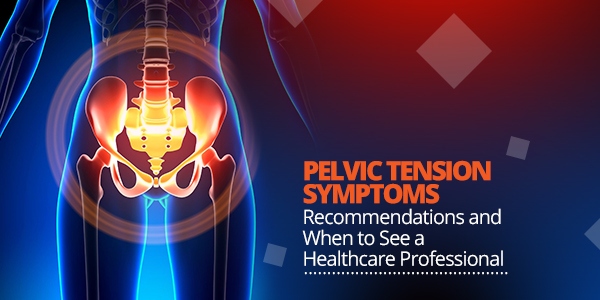

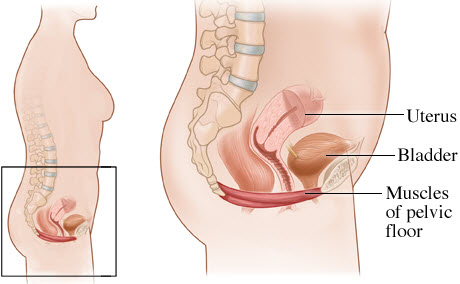
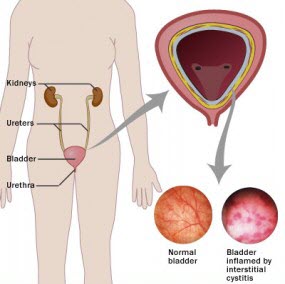

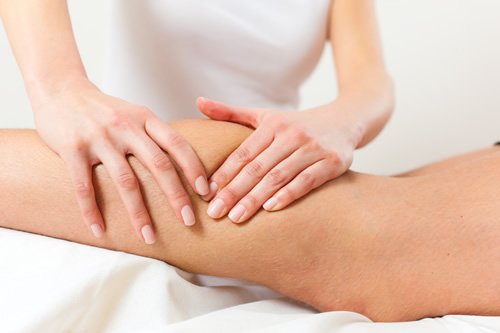
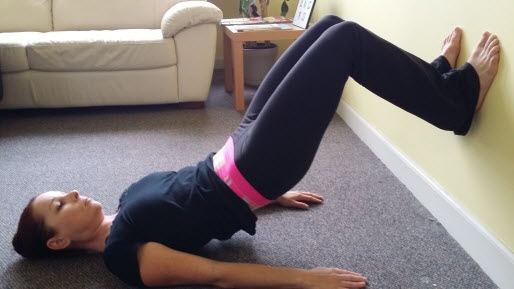

Comments are closed